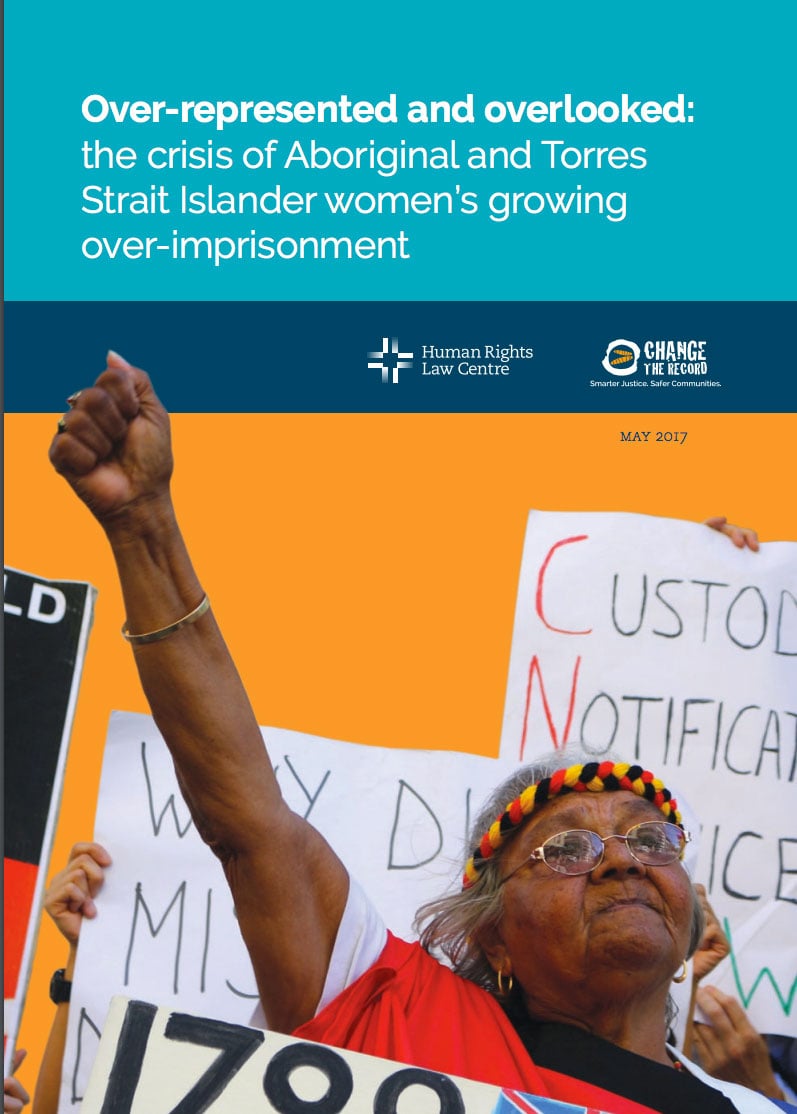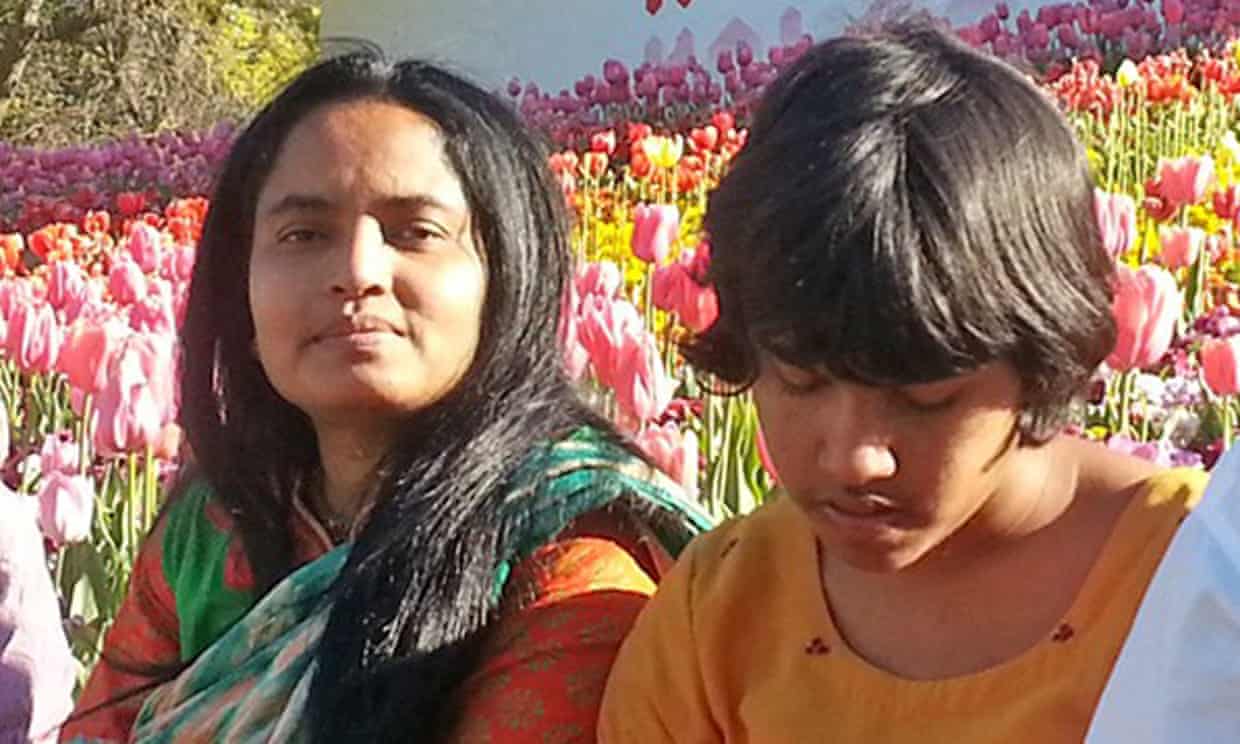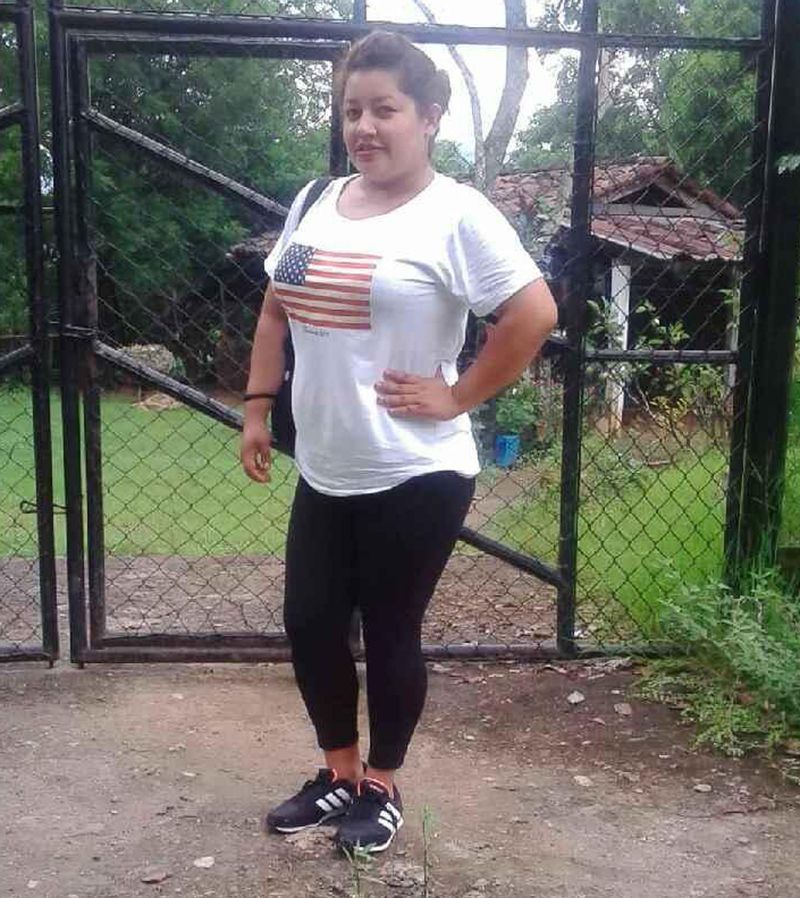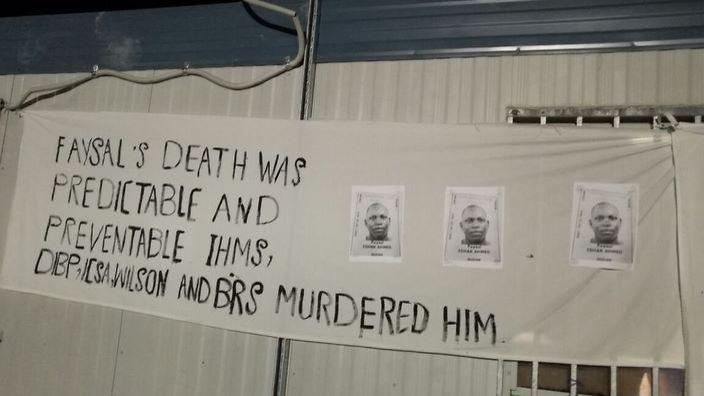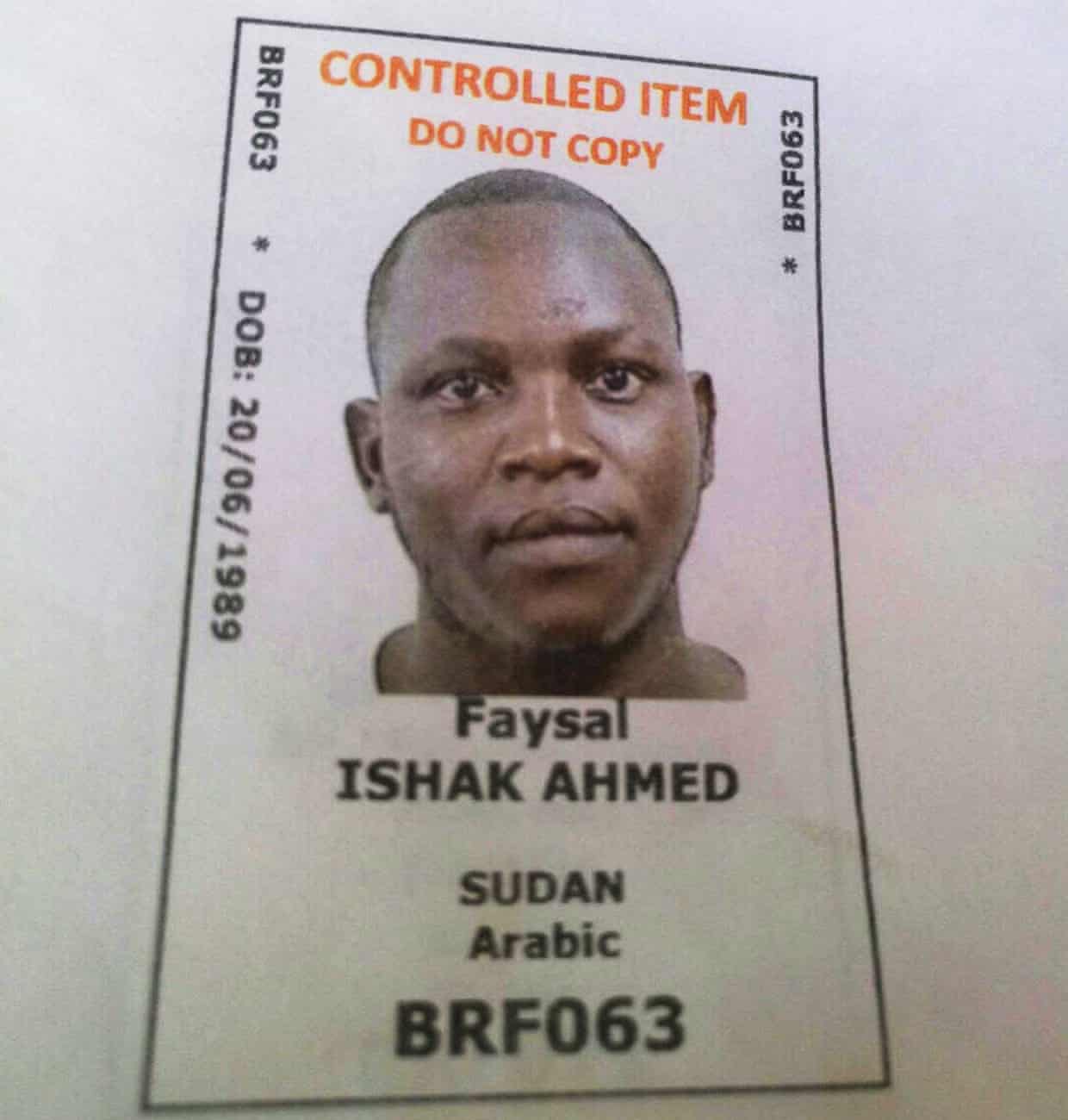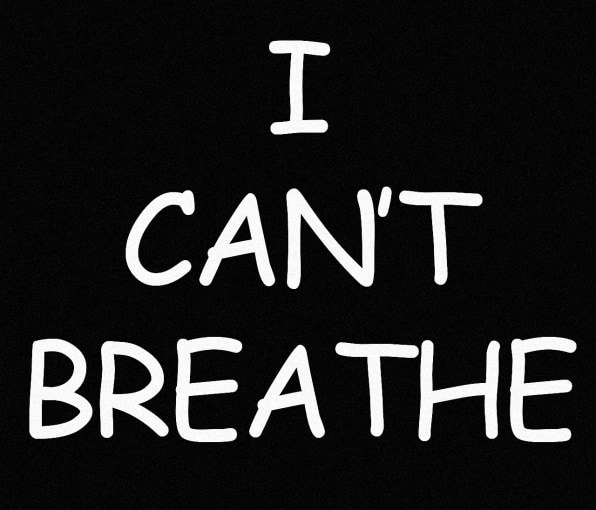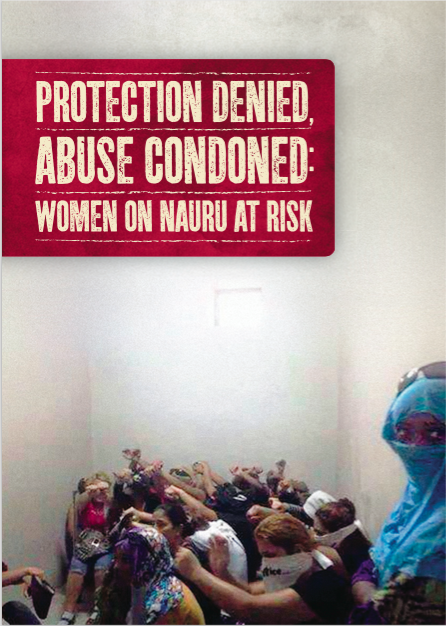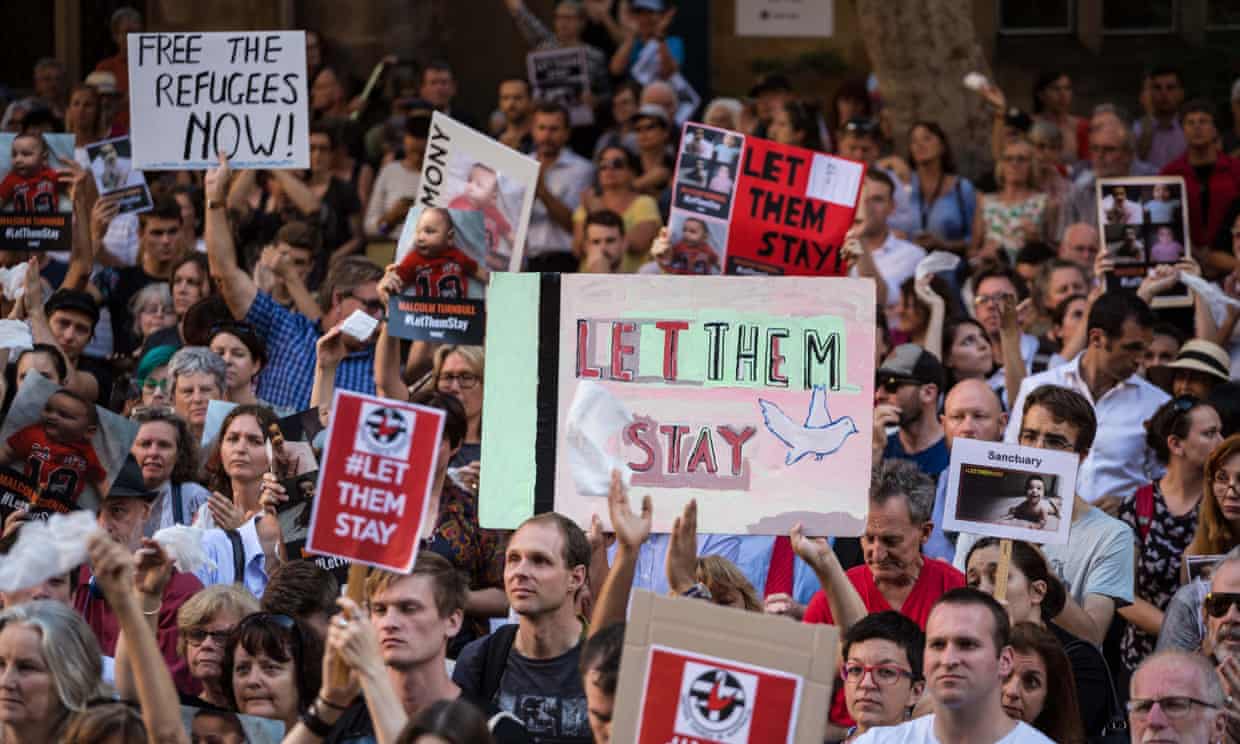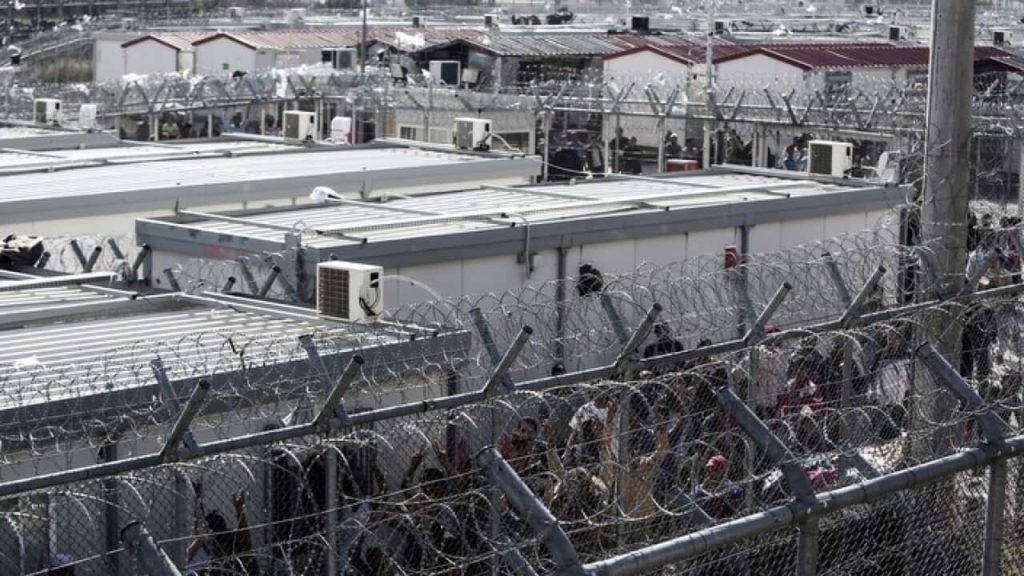
Ms. Dhu, who died in police custody, August 2014
In Australia, for Aboriginal women and their families, the wheels of justice do not turn at all, but they do try to grind the people into dust. On August 4, 2014, a 22-year-old Aboriginal woman, called Ms. Dhu, died in custody in Western Australia. She was being held for unpaid parking fines. Ms. Dhu screamed of intense pains and begged for help. She was sent to hospital twice and returned, untreated, to the jail. On her third trip to the hospital, she died within 20 minutes. Reports suggest she never saw a doctor. Her grandmother says she “had broken ribs, bleeding on the lungs and was in excruciating pain.” That wasn’t enough. In her death, Ms. Dhu joined a long line, actually a mob, of Aboriginal women who have died in custody in Australia. Ms. Dhu’s family joined a longer line of Aboriginal family members seeking justice. Three years later, Ms. Dhu’s family still struggles for peace and something like justice concerning the circumstances of their loved one’s death. To make matters worse, the statute of limitations is running out soon, and so Ms. Dhu’s mother, Della Roe, and her brother, Shaun Harris are preparing to sue the State, not because they want to but because the State has pushed them to this moment. As Della Roe explains, “I want justice and someone pay for what they did to my baby. They need to be accountable for it.”
The State did its own accounting, and that’s why, and how, Ms. Dhu died. Like the United States, Canada, and others, Australia has invested heavily in the devaluation of Aboriginal women’s bodies and lives. The rising rates of incarceration married to the plummeting budgets for assistance say as much. So do the women’s corpses, decade after decade, year after year. For Aboriginal women, the histories and lived experiences of colonial occupation and violence not only continue to this day. They are intensifying.
A contemporary postcolonial, anti-colonial politics begins and ends with the State murder of Aboriginal women’s bodies, which runs from lack of services and assistance, from cradle to grave, to mass incarceration to dumping into the mass graves of historical amnesia. Another world is possible, and it requires more than an endless cycle of “discoveries” followed by commissions.
Della Roe, Shaun Harris, and the spirit of Ms. Dhu are represented by George Newhouse and Stewart Levitt, prominent human rights attorneys. According to George Newhouse, “It’s three years since her death and time’s up. Time’s up. These reforms need to take place and I’m hoping that the case will lead to real reform in WA.” Stewart Levitt adds, “It’s been like hell. How else can I explain it, you know? No-one’s been accountable for it, it’s terrible. The last three years has been like hell.”
Ms. Dhu was murdered by State systems of accounting. She was in jail for $3,622 in unpaid fines. The jail staff and the hospital staff decided she wasn’t worth believing or treating. She wasn’t worth the bother. And so Ms. Dhu died and remains dead. No amount of accounting will bring her justice. And her mother and uncle and kin and community are left to struggle with the State systems of accounting that value their lives as beneath assessment. What would justice for Ms. Dhu mean today? To begin, stop sending Aboriginal women to jail and prison. Stop the slaughter now.
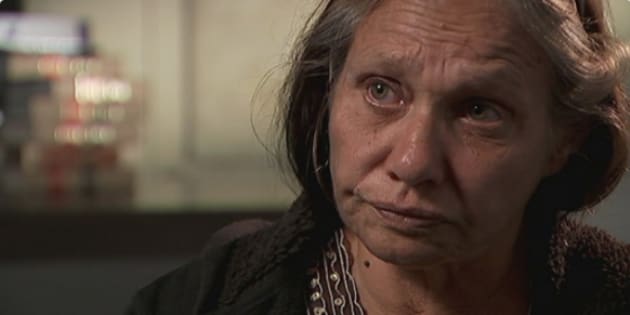
Ms. Dhu’s mother, Della Roe
(Photo Credit 1: ABC) (Photo Credit 2: Huffington Post Australia)
